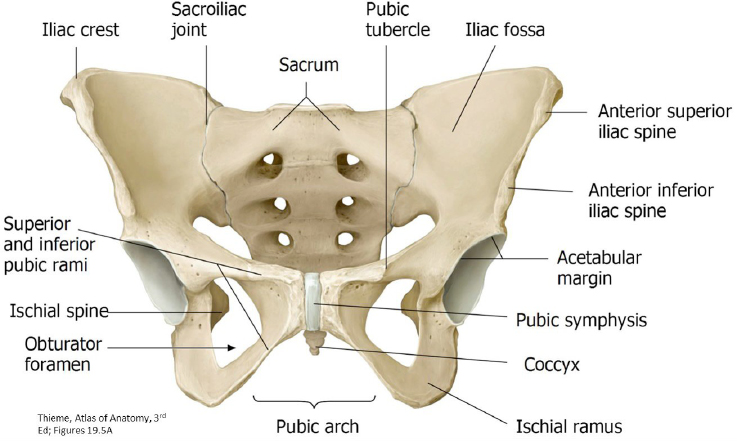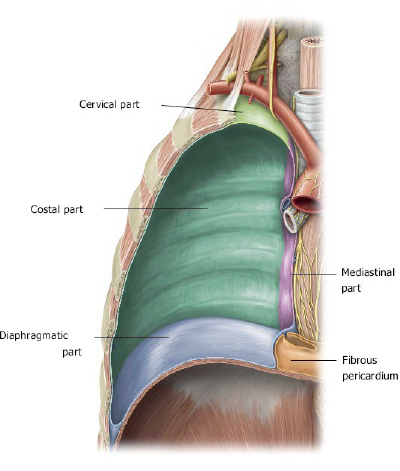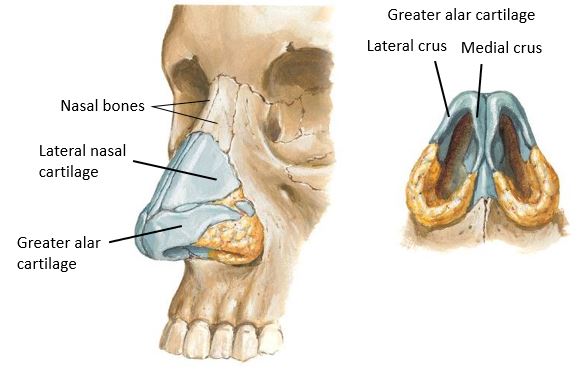Lab 23: Peritoneal Cavity and Supracolic Region

Download this lab as a PDF Goals Survey the GI organs. Examine the peritoneum, peritoneal cavity, mesenteries, omenta, and peritoneal ligaments. Locate the subparts of the greater sac. Study the lesser omentum and demonstrate the lesser sac. Dissect the celiac trunk and demonstrate its branches. Clean and study the organs in the supracolic region: liver; […]
Protected: Lab 22, Station 1: Pelvic Skeleton and Ligaments

There is no excerpt because this is a protected post.
Lab 12, Station 1: Pelvic Skeleton and Ligaments

Lab 12 Navigation Introduction Station 1: Pelvic Skeleton and Ligaments Station 2: Pelvic Cavity and Anal Triangle of Perineum Station 3: Female Perineum (Urogenital Triangle) Station 4: Male Perineum (Urogenital Triangle) Station 5: Overview: Pelvic Organs and Vessels Station 1: Pelvic Skeleton and Ligaments Complete anatomy Hip bone Pelvic Skeleton (Pelvic Girdle): Two Hip Bones […]
Protected: Lab 22, Station 2: Pelvic Cavity and Anal Triangle of Perineum

There is no excerpt because this is a protected post.
Protected: Lab 22: Prosection lab: Pelvic Skeleton, Pelvic Cavity, and Pelvic Vessels; Perineum

There is no excerpt because this is a protected post.
Protected: Lab 22, Station 5: Overview: Pelvic Organs and Vessels

There is no excerpt because this is a protected post.
Protected: Lab 22, Station 4: Male Perineum (Urogenital Triangle)

There is no excerpt because this is a protected post.
Protected: Lab 22, Station 3: Female Perineum (Urogenital Triangle)

There is no excerpt because this is a protected post.
Lab 21: Dissection: Pleura, lungs, and bronchial tree

Download this lab as a PDF Goals Review the thoracic body wall, including the sternum, ribs, costal cartilages, and intercostal spaces Inspect the pleural sacs and define the pleural cavity, parietal pleura, and visceral pleura Remove the lungs and study the external features of the lungs and structures in the lung root. Anterior Thoracic Wall […]
Lab 20: Dissection: Nose, Nasal Cavities, Paranasal Sinuses, Pharynx, and Larynx

Download this lab as a PDF Goals Identify the bones and cartilages of the external nose Bisect the head slightly off the midline to expose the nasal cavities and pharynx Examine the nasal septum, identify its parts, and describe it neurovascular supply Examine the lateral nasal wall and identify the nasal conchae (turbinates) and meatuses […]